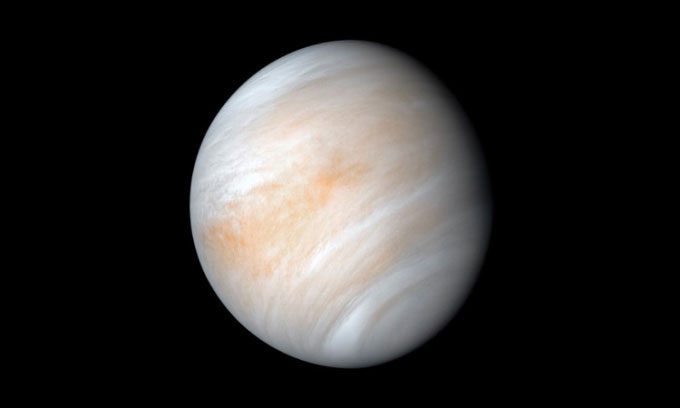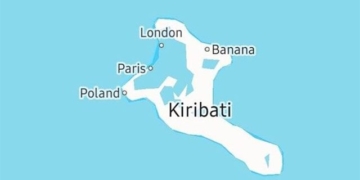NASA Scientist Proposes Creating Floating Hollow Bricks at 48 km Above Venus to Build a City
Given the extreme conditions in the atmosphere, Venus is a place where humans would find it difficult to live. The atmosphere of this planet is filled with CO2 and toxic nitrogen, with winds blowing at speeds of 320 km/h. Meanwhile, the surface temperature of Venus can reach an average of 462 degrees Celsius.

Venus is nearly the same size as Earth but has a very harsh environment. (Image: NASA)
However, Alex Howe, an astrophysicist at NASA’s Goddard Space Flight Center, has proposed the idea of building a “city in the clouds” and terraforming Venus to make it habitable for humans, as reported by Futurism on March 30. The new research was published in the Journal of the British Interplanetary Society.
To construct the city in the clouds, initially, space probes could carry solar-powered machines to Venus. These automated machines would extract CO2, releasing oxygen and carbon. The oxygen would be stored for later use, while the carbon would be used to create hollow bricks measuring 90 meters across. The large hollow interior would make them light enough to float.
As carbon is extracted from Venus’s unbreathable atmosphere, the chemical composition of the air would begin to change. Eventually, the atmosphere would become a mixture of oxygen and nitrogen suitable for human respiration.
By linking these carbon bricks together, humans could envelop the entire planet at an altitude of 48 km or higher—high enough to escape the heat and strong winds. Howe estimates that 72 trillion bricks would be needed to complete the floating foundation. Additionally, humans would need to continue producing new bricks to replace those damaged by winds and to patch holes caused by occasional asteroid impacts.
Once the foundation is complete, humans could live and work above, in an atmosphere that has been transformed. There, scientists and engineers could study Venus in detail, exploring why this planet, once similar to Earth, has changed into such a harsh environment.
Howe’s plan would be incredibly costly. Even if approved and funded, it could take up to 200 years to complete. However, from a technical standpoint, this plan could still be feasible, according to astronomer Janusz Petkowski, a researcher on Venus at the Massachusetts Institute of Technology (MIT).
Venus is nearly the same size as Earth and is the second planet closest to the Sun, after Mercury. This planet has several advantages, such as a surface gravity similar to that of Earth. Compared to Mars, Venus has a thick enough atmosphere to deal with cosmic radiation and ultraviolet rays, and the travel time from Earth to Venus is shorter than that to Mars.




















































